Neuroscience

Neurotransmitter receptors function via various G-protein coupled and G-protein independent mechanisms that activate downstream intracellular signaling pathways such as cAMP/PKA, PI3K/AKT, phospholipase A2, and phospholipase C pathways. For instance, dopamine receptors act through adenylate cyclase to activate PKA and other signaling molecules, thereby mediate gene expression through the actions of CREB and other transcription factors. Other neurotransmitters such as NMDAR or AMPAR are associated with ion channels that control flux of Ca2+ and Na+, thus propagating the action potential across the post-synaptic neuron.
Dysfunctions in GABAergic/glutamatergic/serotonergic/dopaminergic pathways result in a broad range of neurological disorders such as chronic pain, neurodegenerative diseases, and insomnia, as well as mental disorders including schizophrenia, bipolar disorder, depression, and addiction.
-
 A1032 AdrenorphinSummary: Endogenous μ/κ opioid agonist,potent and selective
A1032 AdrenorphinSummary: Endogenous μ/κ opioid agonist,potent and selective -
 C4052 Asoxime (chloride)Summary: AChE reactivator
C4052 Asoxime (chloride)Summary: AChE reactivator -
 B1239 Parecoxib SodiumSummary: COX-2 inhibitor
B1239 Parecoxib SodiumSummary: COX-2 inhibitor -
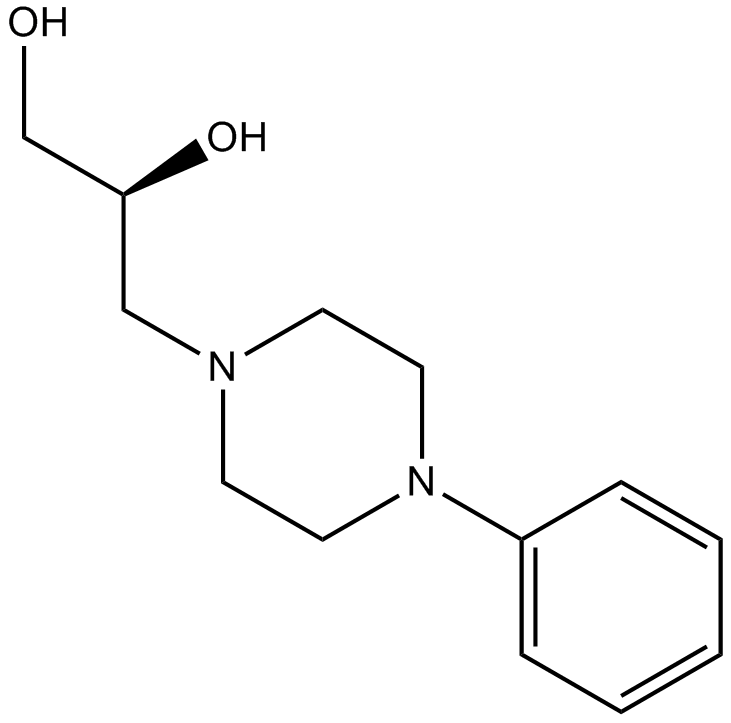 B1550 LevodropropizineSummary: Histamine receptor inhibitor,cough suppressant
B1550 LevodropropizineSummary: Histamine receptor inhibitor,cough suppressant -
 B1484 LevosulpirideSummary: Antipsychotic drug
B1484 LevosulpirideSummary: Antipsychotic drug -
![[Sar9,Met(O2)11]-Substance P](/pub/media/prod_images/b/6/b6623.png) B6623 [Sar9,Met(O2)11]-Substance PSummary: NK1 tachykinin receptor agonist
B6623 [Sar9,Met(O2)11]-Substance PSummary: NK1 tachykinin receptor agonist -
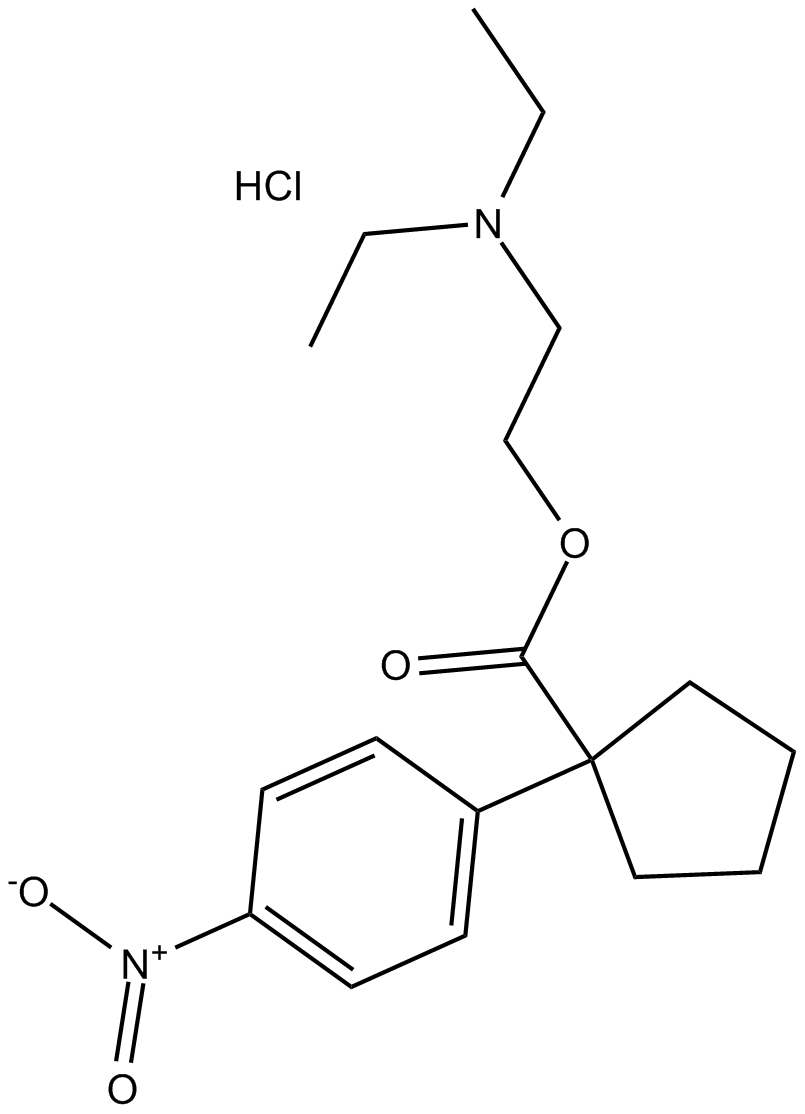 B6311 Nitrocaramiphen hydrochlorideSummary: M1 muscarinic antagonist
B6311 Nitrocaramiphen hydrochlorideSummary: M1 muscarinic antagonist -
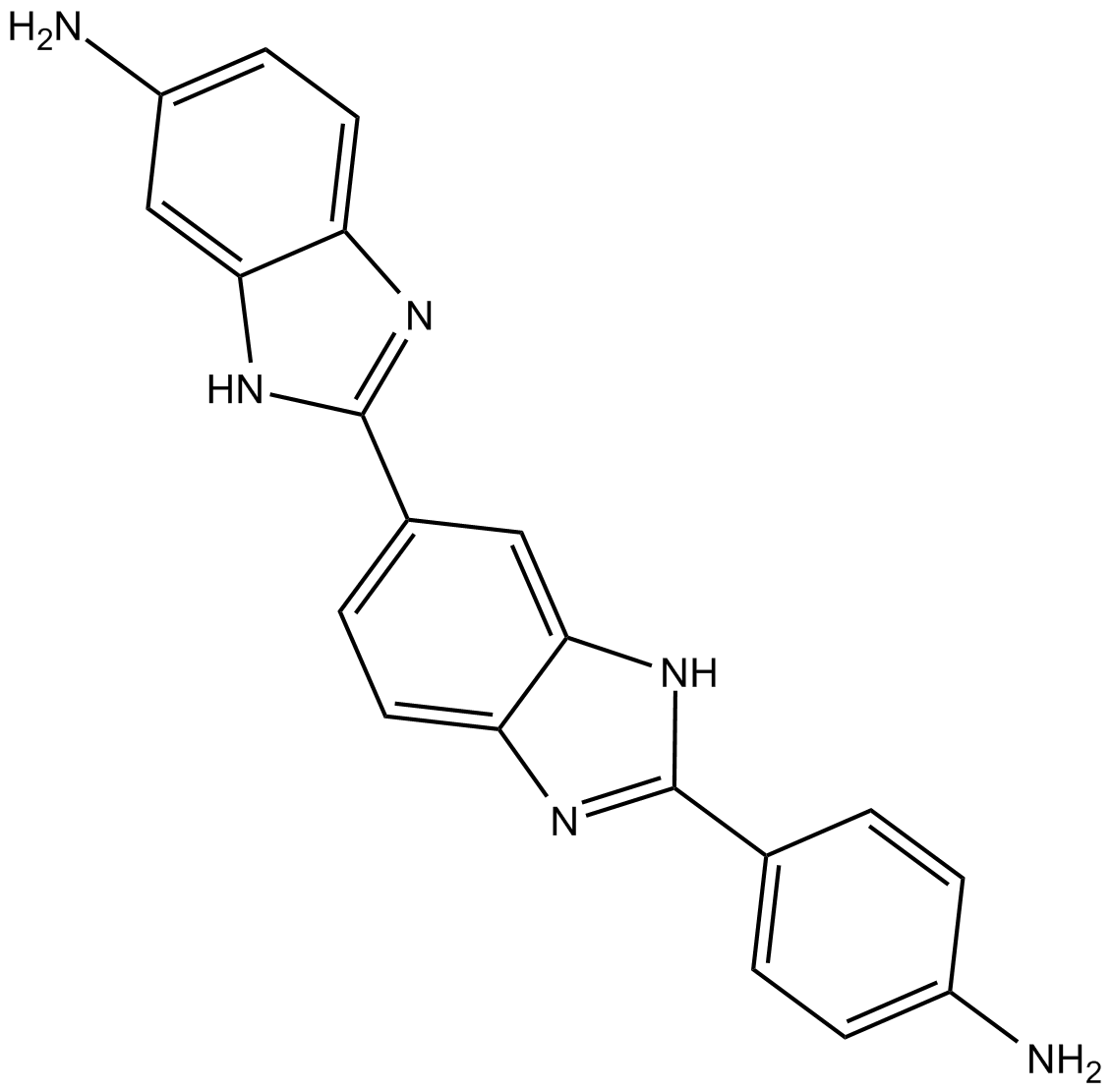 B7043 Ro 90-7501Summary: Inhibitor of amyloid β42 (Aβ42) fibril assembly
B7043 Ro 90-7501Summary: Inhibitor of amyloid β42 (Aβ42) fibril assembly -
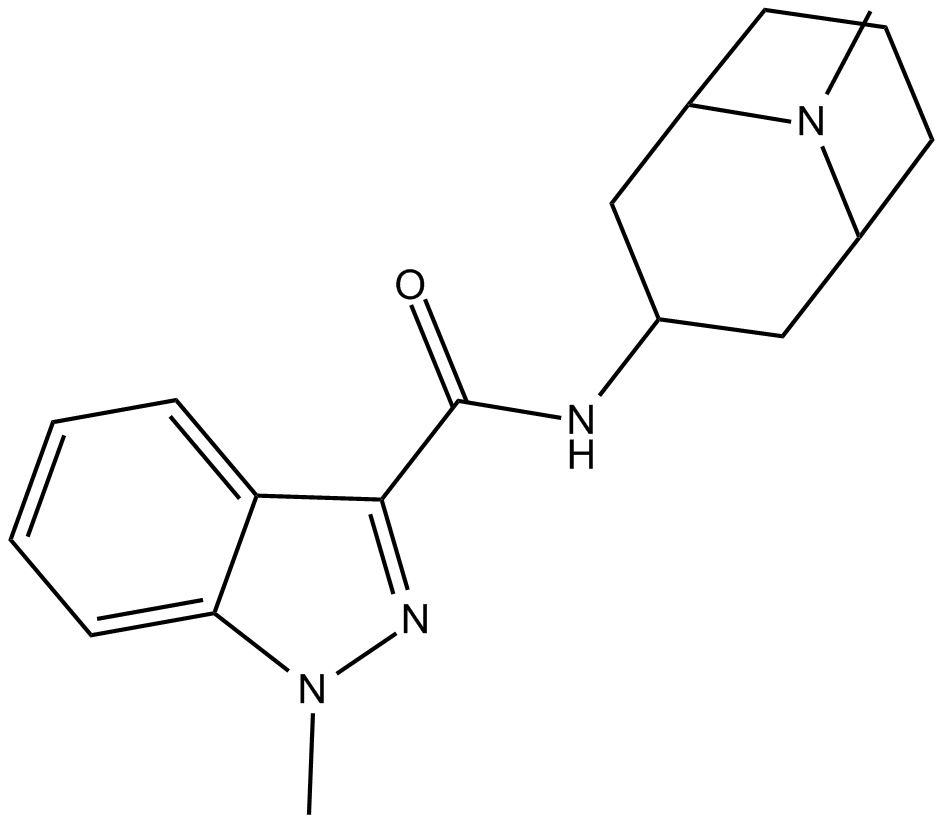 A3443 GranisetronSummary: Serotonin 5-HT3 receptor antagonist
A3443 GranisetronSummary: Serotonin 5-HT3 receptor antagonist -
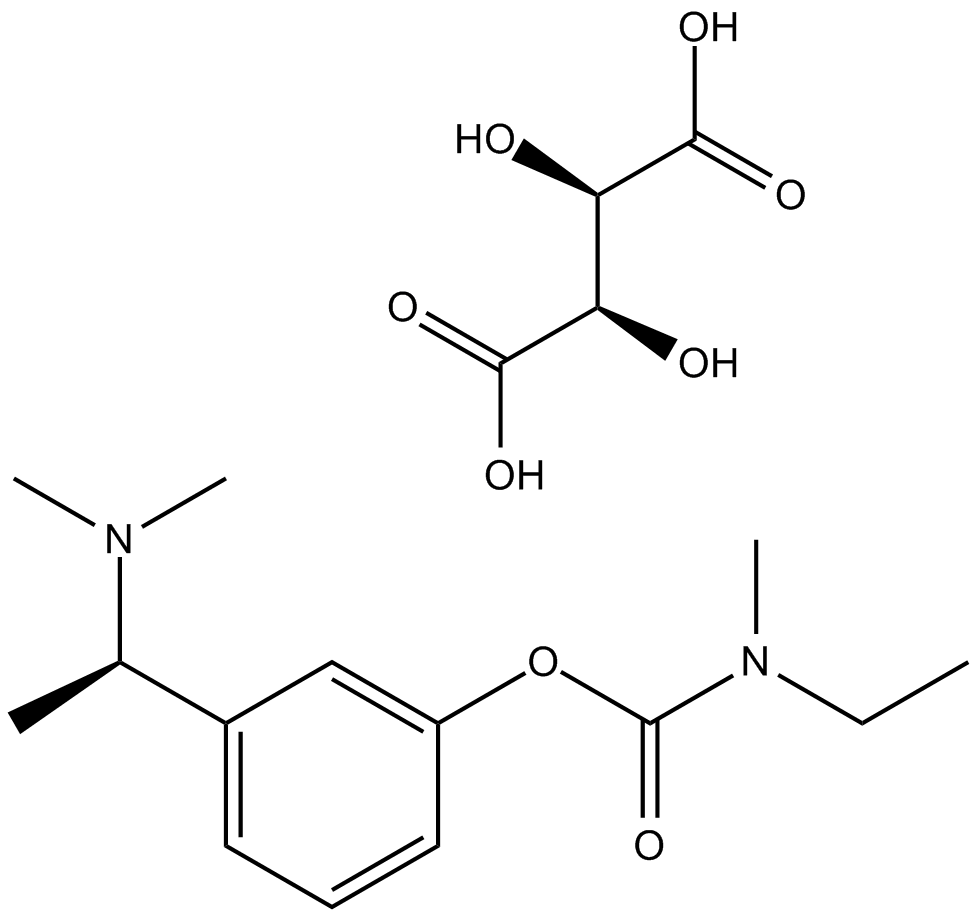 A8515 Rivastigmine TartrateSummary: AChR inhibitor
A8515 Rivastigmine TartrateSummary: AChR inhibitor

